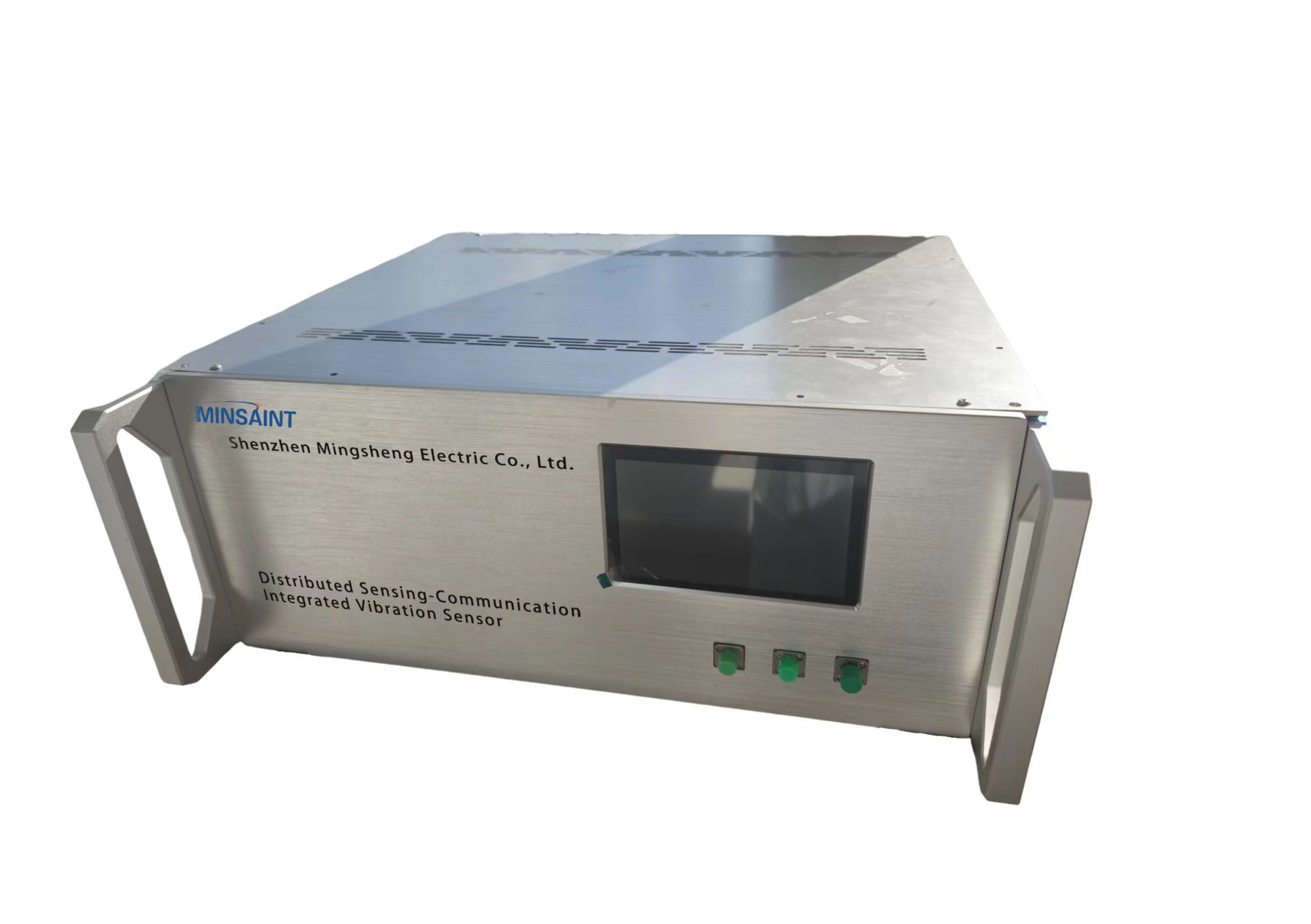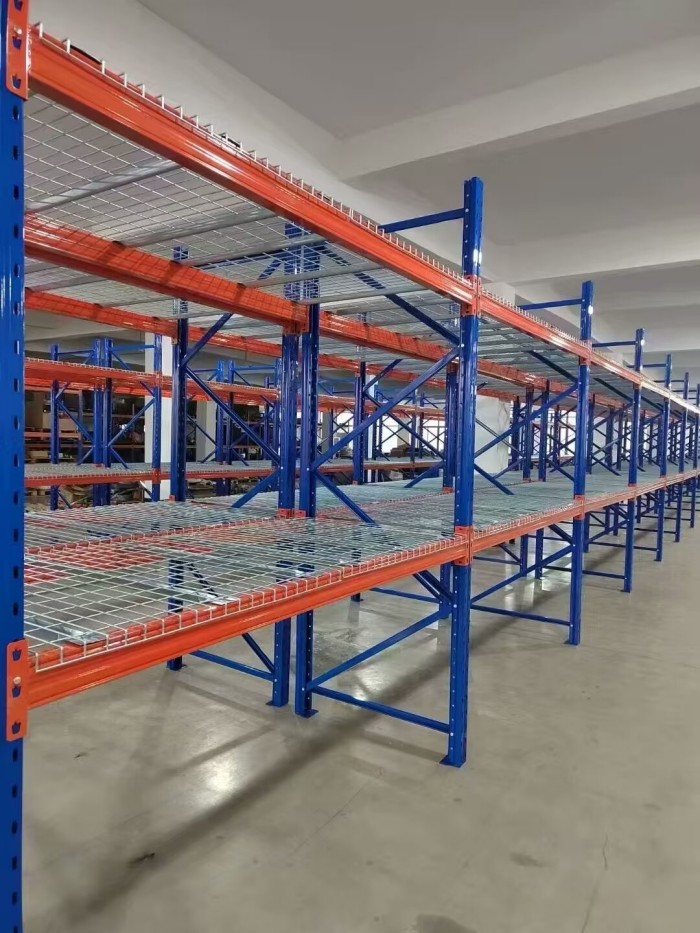In today's fast-paced world, where time seems to slip through our fingers, the concept of fast life and slow life has gained significant attention. Fast life refers to the hustle and bustle of modern society, characterized by constant activity, high productivity, and a sense of urgency. On the other hand, slow life advocates for a more deliberate and mindful approach, emphasizing quality over quantity and finding balance in the midst of chaos. In this article, we will explore the key differences between fast life and slow life, and how we can navigate these two contrasting lifestyles to lead a more fulfilling and meaningful existence.
- Pace of Life:
One of the fundamental distinctions between fast life and slow life lies in the pace at which we live. Fast life is characterized by a relentless pursuit of efficiency and productivity, often leading to a constant rush and a feeling of being overwhelmed. Slow life, on the other hand, encourages us to slow down, savor the present moment, and engage in activities at a more relaxed and leisurely pace. It emphasizes the importance of taking breaks, practicing self-care, and finding joy in the simple pleasures of life. - Mindset and Priorities:
Fast life is often associated with a mindset focused on achievement, success, and material possessions. It places a high value on external validation and measures of success, such as career advancements and financial gains. Slow life, however, shifts the focus towards inner fulfillment, personal growth, and meaningful connections. It encourages us to prioritize our well-being, relationships, and experiences over materialistic pursuits, fostering a sense of contentment and purpose. - Technology and Connectivity:
In the fast life era, technology plays a central role, enabling us to multitask, stay connected, and access information instantly. While technology has undoubtedly brought numerous benefits, it has also contributed to a constant state of distraction and information overload. Slow life advocates for a mindful and intentional use of technology, creating boundaries and carving out tech-free spaces to foster deeper connections, enhance creativity, and promote mental well-being. - Health and Well-being:
The fast life often takes a toll on our physical and mental health. The constant pressure to perform, meet deadlines, and juggle multiple responsibilities can lead to stress, burnout, and a neglect of self-care. Slow life emphasizes the importance of self-care, stress management, and maintaining a healthy work-life balance. It encourages practices such as mindfulness, meditation, regular exercise, and spending time in nature to nurture our well-being and cultivate resilience.
Conclusion:
In a world that seems to be constantly accelerating, understanding the differences between fast life and slow life becomes crucial. While fast life offers efficiency and productivity, slow life reminds us to pause, reflect, and find meaning in the present moment. Striking a balance between these two lifestyles allows us to harness the benefits of both, leading to a more harmonious and fulfilling existence. By embracing the principles of slow life while navigating the demands of the fast-paced world, we can create a life that is not only successful but also deeply satisfying and meaningful.













+ There are no comments
Add yours